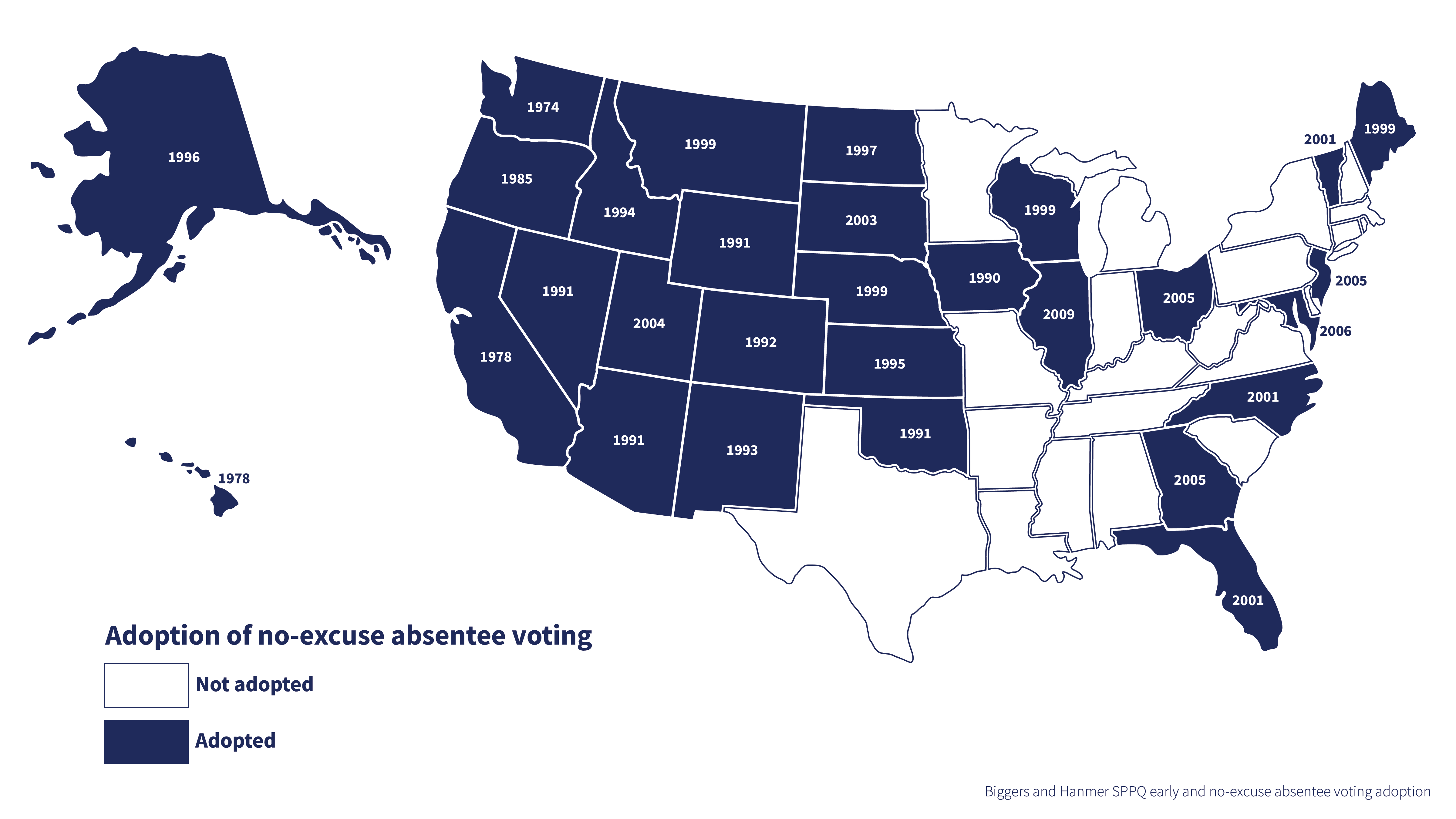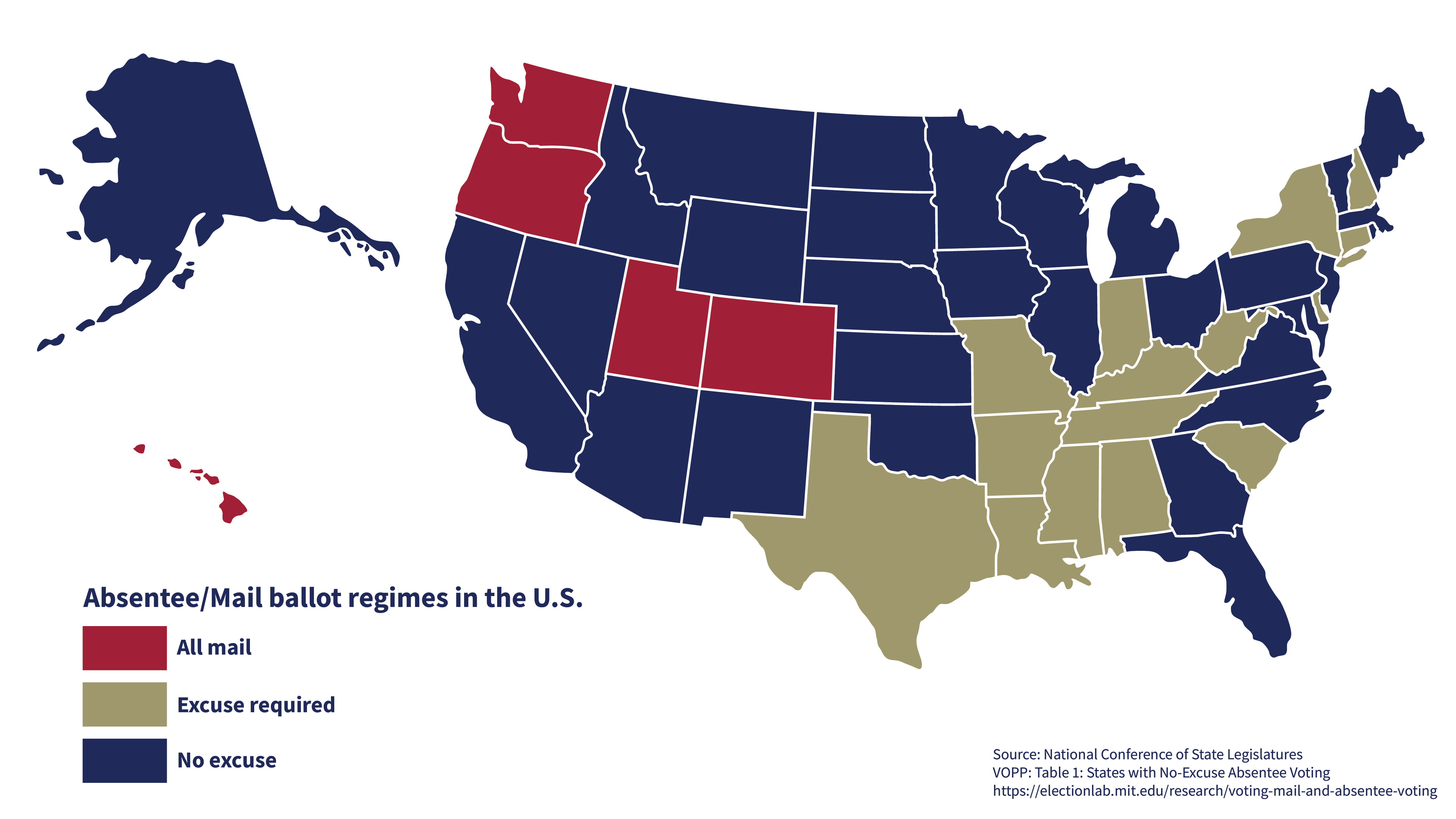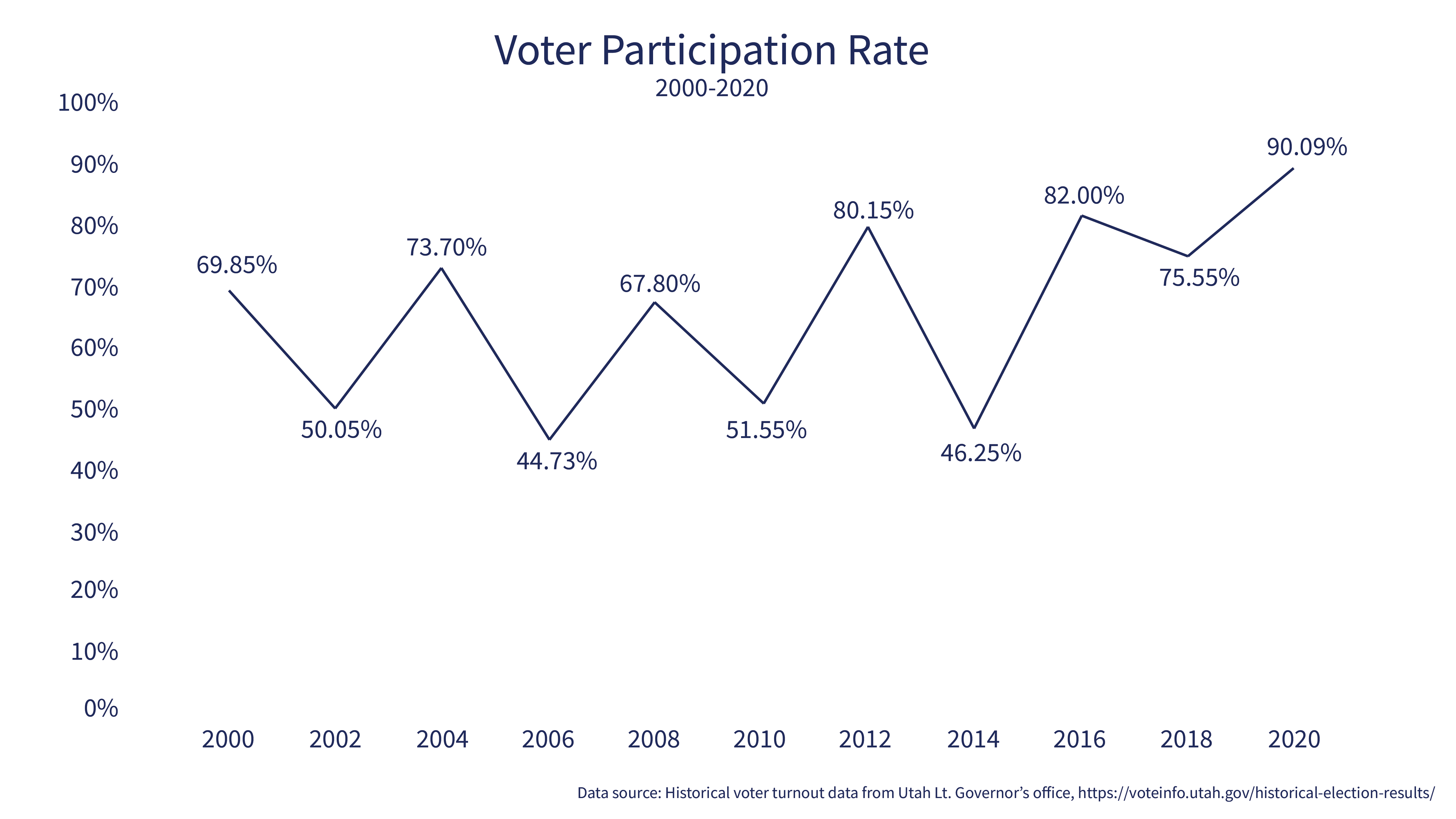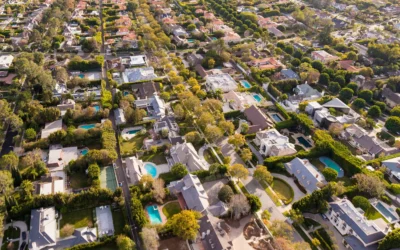
Written by Derek Monson
October 13, 2021
For many voters, 2020 may have been their first experience with voting by mail. However, VBM in both the United States and Utah specifically is not new. In America, VBM has a history that spans centuries.
National history of vote by mail
VBM policies and programs in the U.S. began about 160 years ago, during the Civil War. These programs predate by several decades long-settled voting policy changes such as enactment of women’s suffrage. Said President Abraham Lincoln about the 1864 election, “…the election was a necessity. We can not (sic) have free government without elections….” The urgency to administer an election despite an ongoing civil war that put hundreds of thousands of Union voters on battlefields away from their homes drove the creation of the first VBM programs.
Between 1862 and 1865, 20 states on the Union side of the conflict changed their election laws to allow their soldiers to vote from the battlefield. The means of voting varied state by state: voting by proxy back in the soldier’s home state, a physical polling place in soldier camps and absentee voting by mail. About 150,000 soldiers used one of these means to vote in the 1864 presidential election between President Abraham Lincoln and former Union General George McClellan.
In the late 1800s, some states expanded absentee voting by mail to civilians. The programs were designed for voters who were away from home or ill on the day of an election. The next significant expansion of VBM would not come until during and after World War II. Again, motivated by the fact that millions of American voters were fighting on battlefields far away from their homes, federal laws were enacted to enable absentee voting by American soldiers. Over 3 million absentee ballots were cast during the war. In the post-war period, federal election policy reforms further established and protected VBM for members of the military.


These recent expansions of VBM, likely combined with concerns about COVID-19 among voters, led to 46 percent of all U.S. voters in the 2020 election casting their vote by mail, with 27 percent voting in person before Election Day and 27 percent voting in person on Election Day. Among U.S. voters who voted in 2020 and reported difficulty with voting (6 percent of all U.S. voters), about 21 percent connected those difficulties to VBM.
Among U.S. voters who voted by mail, 70 percent said that they chose that method due to the convenience of VBM, with 42 percent also saying that concerns about COVID-19 played into their decision. These survey results suggest that a significant number of voters across America will continue to use VBM even after the pandemic subsides. The convenience of VBM for many voters will likely continue to drive its popularity.
History of vote by mail in Utah
Utah’s modern VBM program (no-excuse absentee voting) began in 2004. Though it started small, VBM has become the primary means by which Utah voters cast their ballots.
In 2010, a little under 15 percent of voters cast their ballot by mail, either through the postal service or using a secure drop box. In 2012, the Utah Legislature enacted a law allowing counties to administer elections entirely by mail and one county (Duchesne) chose to do so. That year, about 20 percent of voters cast ballots by mail.
In 2014, 10 of 29 counties in Utah conducted elections primarily by mail, and in 2016, that number rose to 21 counties. VBM counties in 2016 saw higher voter participation rates than non-VBM counties. In 2018, 27 of 29 counties ran elections primarily by mail (including in-person voting options), with the two non-VBM counties accounting for less than 1 percent of Utah voters. About 90 percent of Utah voters in 2018 cast ballots by mail.
In 2020, Utah enacted a law that: (1) changed the default voting method for registered voters to VBM by automatically mailing a ballot to them for every election in which they are eligible to vote unless they request otherwise, and (2) protected the right to vote in person, either early or on Election Day. Every county in Utah must offer voters a designated voting center for in-person voting on Election Day or during the early voting window, which must be at least four days. In the March 2020 presidential primary in Utah 90 percent of voters voted by mail. In the June 2020 primary for non-presidential offices 99 percent of Utah voters voted by mail, while about 93 percent of 2020 general-election voters in Utah voted by mail.
The rise in usage of VBM has coincided with an overall increase in voter turnout. In particular, in 2018 and 2020 when 9 of every 10 voters voted by mail, the voter-participation rate reached the highest levels seen in a mid-term and presidential election, respectively, in the 21st century. The 2020 presidential election even broke official turnout records dating back to the mid-1900s.

Conclusion
Despite the recent national media buzz around the process of receiving and/or casting ballots via mail, U.S. voters have been voting by mail for nearly 160 years. A significant number of Utah voters – varying from a substantial minority to an overwhelming majority – have been using VBM to participate in election cycles for nearly a decade. While the experience of receiving or casting a ballot by mail may be new for some U.S. voters in recent elections, VBM is not a new or novel way to vote in the broad American voting experience.
Understanding the history of vote by mail is important to the debate over the expansion and administration of no-excuse absentee voting. The convenience of VBM has made it popular for many voters, so it would seem that VBM is here to stay.
Elected officials and advocates – whether driven by partisan, ideological or special interest concerns – would serve themselves and the American people by better understanding the long history and American experience with VBM. Rather than fighting about what has become the preferred voting method for many, the more fruitful and constructive policy debate should be how to balance election security and access to voting in VBM in the best way possible.
Read More
Conservatives’ Golden Opportunity to Win the Minimum-Wage Argument
Election year offers conservatives an opportunity to deliver a pro-worker message that can win over persuadables on the minimum-wage debate.
Protecting property rights against government overreach
While governments can continue to regulate land use, these regulations and fees must be justified by a government interest and proportional to the effect of the development’s impact on that interest.
Do we need to care about the Utah State Board of Education?
For any Utah voters who also feel like K-12 public education is headed in the wrong direction, learning about the candidates running for a seat on the Utah State Board of Education (USBE) is a wise choice this election season.


